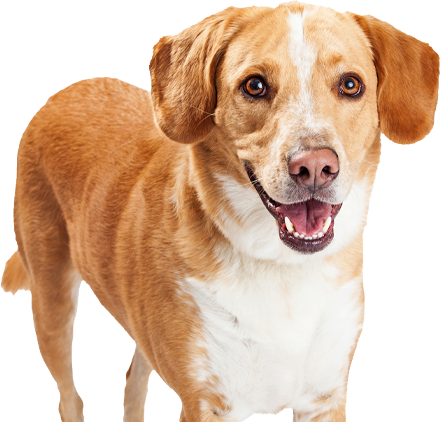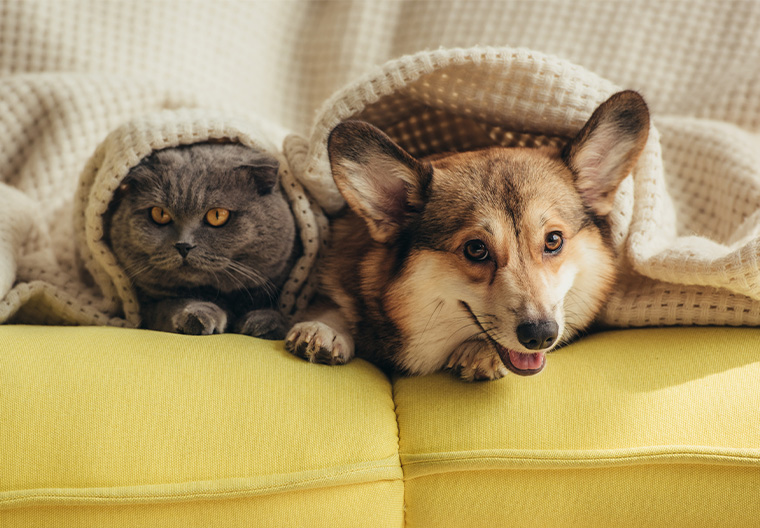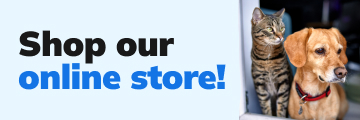
Educational Info

Trusted Resources
A trusted source for all things relating to veterinary medicine, visit the below site.
Go to Veterinary PartnerPost-Operative FAQ
-
What can be expected after my pet's surgical procedure?
Depending on the nature of the procedure, some pets may experience pain or lethargy after their surgery. To help combat this anticipated pain, your pet will receive an injection of an appropriate pain medication prior to the procedure. It is important to report all current medications and supplements to your nurse or doctor prior to the procedure, so your pet's anesthetic protocol can be tailored based on its needs. Most pets will also go home on an oral pain medication to help with post-operative pain.
It is important to restrict exercise and excessive movement after a surgical procedure. For 10 days following the procedure, we require no running, jumping or climbing, leash-walking for potty-breaks, and cage resting your pet. This is important the first day as the pet is recovering from anesthesia and may cause harm to himself if left unrestricted. It is equally as important the following days as the incision(s) needs time to properly heal. -
When/What can I feed my pet after surgery?
Oftentimes pets will be nauseous after anesthesia. It is recommended to feed your pet half of a normal sized meal once arriving home. For example, if you feed 1 cup twice daily normally, we will recommend you feed ½ cup the evening of surgery. We also advise against letting pets drink a large bowl of water upon arriving home, as this may induce vomiting. Small frequent amounts are indicated the first day of recovery.
-
What do I need to do to my pet's incision to keep it healthy?
Leaving your pet's incision to heal naturally on its own is often best. We ask that you check it daily and let us know if you see any bleeding, discharge, swelling (you may see swelling of the incision the same day as the procedure; this is normal), or redness in or around the incision. There should be no need to bandage or apply any topicals to the incision unless directed to do so.
To aid in proper healing, a surgical incision should not be exposed to or submerged in water for 14 days postoperatively. This includes bathing and swimming. Exposing the incision to water too quickly can dissolve the adhesive/sutures prematurely, causing the incision to open. -
Will my pet need an Elizabethan collar (e-collar) after his procedure?
We don't want your pet to chew or lick its incision for at least 14 days after surgery. Licking or chewing the incision site can lead to the incision opening up, bleeding, and/or becoming infected. To combat the natural reaction of licking, oftentimes we will send your pet home in an e-collar. This is to keep your pet safe and healthy. You may only remove the e-collar during times when your pet is 100% under your supervision (eating, leash-walking, sitting on the couch with you). It is most important for the pet to wear his e-collar during the night and when you are not home - this is the time the pet will most-likely become bored and mess with the incision.


